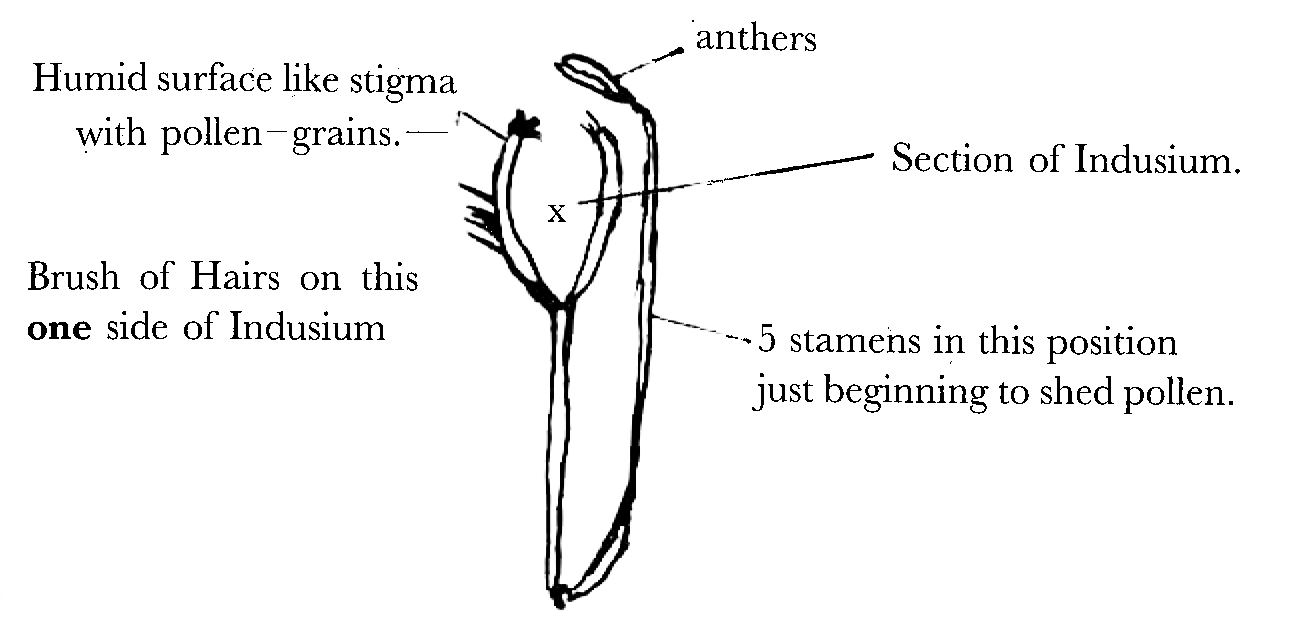To J. D. Hooker 18 [April 1860]
Down Bromley Kent
18th
My dear Hooker
Hearty thanks about G. Chronicle.1 I return Owen’s letter:2 what a base dog he is. Some of my relations say it cannot possibly be Owen’s article, because the Reviewer speaks so very highly of Prof. Owen.3 Poor dear simple folk! My clever neighbour Mr Norman,4 says the article is so badly written with no definite object that no one will read it.—
What a narrow minded man Balfour must be to bring so poor an argument as St Peter, with so many good arguments which he might use.—5 Asa Gray has sent me an article from U. States; clever & dead against me.6 But one argument funny. The Reviewer says that if the doctrine were true, geological strata would be full of monsters “tentative attempts”, which had failed.— A very clear view this writer had of the Struggle for existence!
I am delighted to hear that you have begun experimentising you will be glad of it hereafter & I daresay will go on largely.—
I am glad you like Adam Bede so much: I was charmed with it.—7
We think you must by mistake have taken with your own Nor of National R. my previous Number.8 I wish you would look.—
I shall be curious to see Huxley’s answer.— I could have pointed out falsifications of my writing, but am glad I did not.—9
I shd be infinitely obliged if you would look at a flower of the Goodenia, & look at my splendid diagram.10 I am confounded by it; for it seems to me that the stigmatic surface is outside indusium above the brush of Hairs on one side. Anyhow there were pollen-grains in one flower there immersed in humid secretion; but it is beyond me to know whether they then penetrate the surface. If this is stigmatic surface, what on earth is use of indusium? Do for Heaven-sake look at it.—
C. Darwin
[Enclosure]
Flower not nearly open. (Leschenaultia formosa.—)

(In a flower more open, the indusium was closed.—)
I must look when flowers more open & see whether pollen gets enclosed within Indusium, as seemed to be case.
My suspicion is that the closing of the indusium is merely an action to brush pollen out of anthers.—
Manuscript Alterations and Comments
Please cite as “DCP-LETT-2763,” in Ɛpsilon: The Charles Darwin Collection accessed on